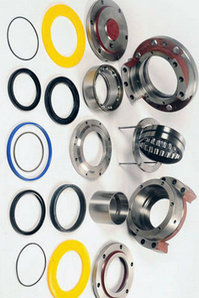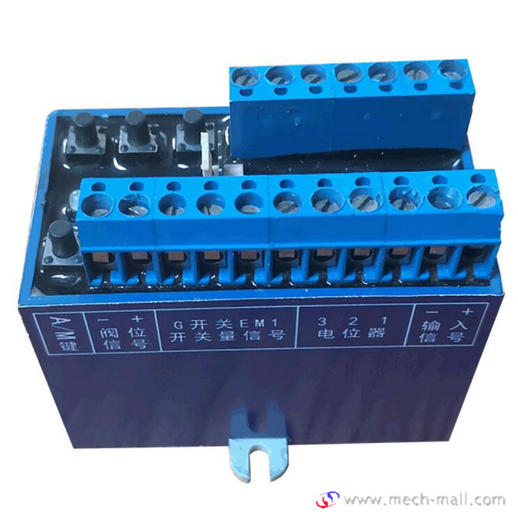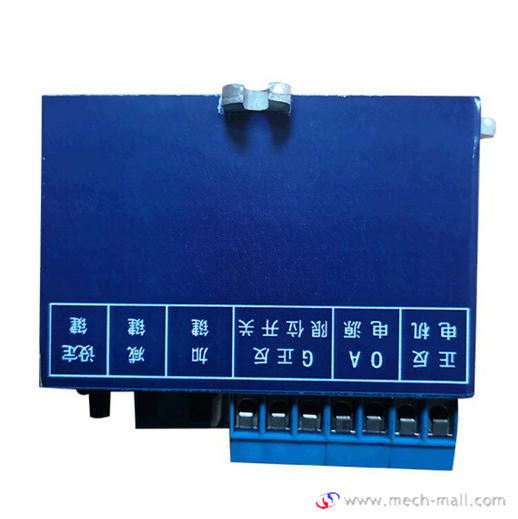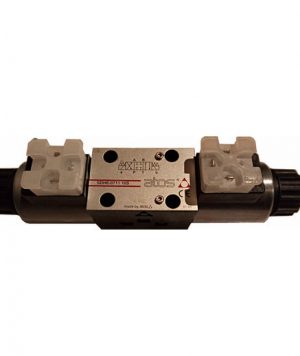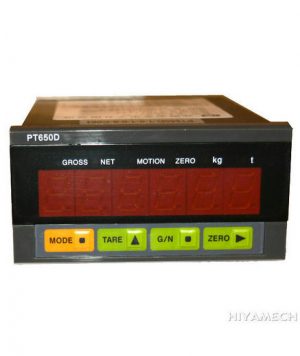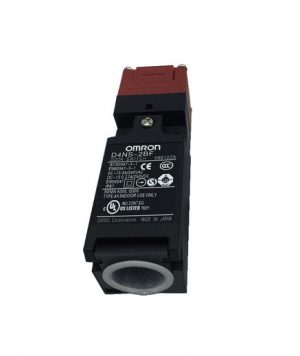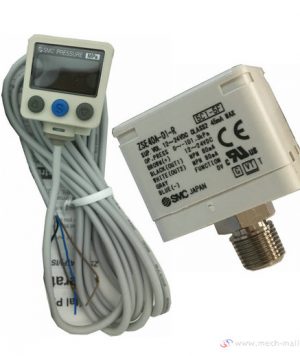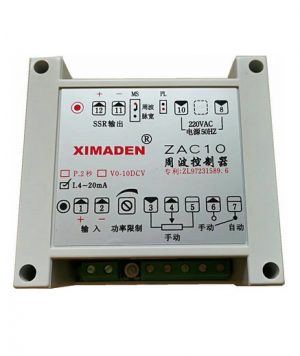ZDW-01F Position Locator Module
Integrated integral module ZDW-01D, ZDW-01F are intelligent position locator control module. ZDW-01D type position locator module is a new type of intelligent control device developed and designed by the use of instrument-specific VLSI, and is an intelligent control module integrating multifunctional servo amplifier and position signal transmitter. It is installed inside the electric actuator and directly accepts the standard current control signal from the DCS control system or other upper computer control system. The potentiometer is used as a valve position signal sensor. The valve position signal and the control signal are compared inside the module. When the compared signal difference is greater than the sensitivity value of the module, the module directly controls the actuator motor to move in the direction of reducing the signal difference. Until the signal difference is less than the sensitivity value of the module. The on-site debugging, sensitivity setting and other functions of the module are all set through the three buttons on the module, making on-site installation and debugging quick and easy.
More functions and parameters, the calling module of the program has a tracking function to realize the automatic-manual two-way switching without resistance. When the module is in the automatic state, the module command and control the electric actuator; when the module is in the manual state, press the plus or minus button on the module to directly control the forward and reverse of the electric actuator. The module also has the function of automatically identifying the positive and negative external wiring of the servo motor. When the rotation direction of the electric actuator is different from the actual opening direction of the valve, the CPU chip inside the module can identify and automatically correct it to make it match the actual opening of the valve.
After the module is powered on, it can enter the automatic state or set it to manual operation state. The initial position of the electric actuator can also be determined through the output value preset function. The instrument has built-in 2 high-power bidirectional thyristors and a dedicated photoelectric isolation circuit for zero-crossing triggering, which is more reliable than the traditional contact control method.
There is an identification system in the module that is responsible for monitoring the disconnection. Once the input signal or feedback signal is broken, the module will immediately stop the strong current output to the electric actuator; and keep the analog output before the disconnection. It can be switched at this time to the manual state, and control the action of the electric actuator manually. The module can be switched to the automatic mode after the fault is eliminated. As long as the regulator failure or signal-breaking failure is not eliminated, the module can only be operated manually.
The module has a valve position feedback analog output that can be defined by the user as 0~10mA or 4-20mA, and the conversion output signal of this valve position feedback is isolated from this module.
Main Performance
- Input signal: 4-20mA.DC, input impedance: 12592, input signal sampling period: 0.02S
- Valve position sensor: 0-5KD
- Output impedance: 25002 (0~10mA: =1.5K2)
- Parameter retention time set after power failure: 220 years
- Motor stall protection time: s15s
- Action sensitivity setting of actuator: 1%~12.5%
- Insulation strength: power frequency 1500V, 1 minute
- Insulation resistance: ≥ 50MQ
- Ambient temperature: 0~50℃, relative humidity: s85%
- Power supply voltage: AC 220V, 50Hz
- Allowable power supply voltage variation: s±10%
- Consumption function: s6VA
- Dimensions (mm): 83x53x595, the upper and lower limits of the electric actuator can be set separately, and the limiting range of the control output。
- With six levels of anti-interference mode to adapt to different interference environments
17, can set the forward and reverse switching time of the servo motor
- With the automatic identification function of the external wiring of the servo motor positive and negative rotation
